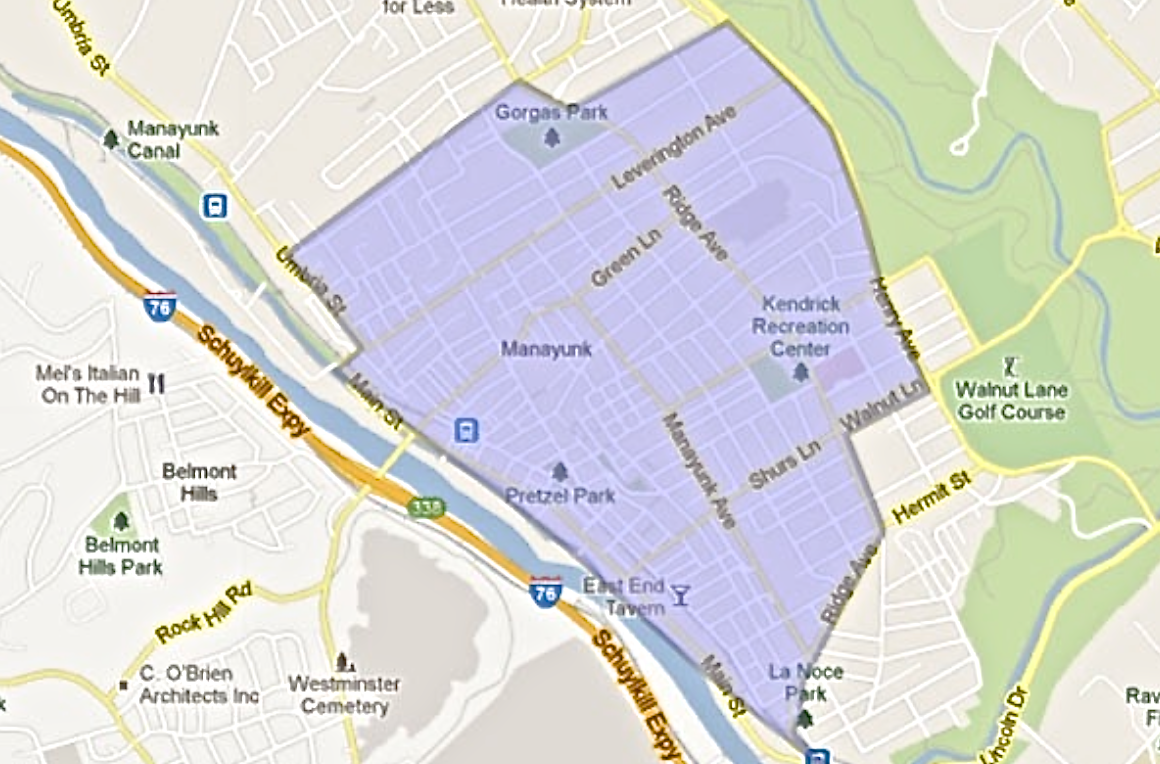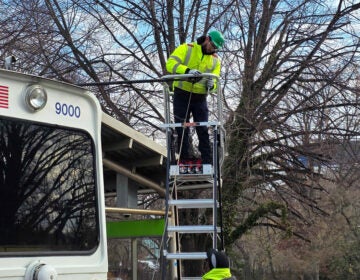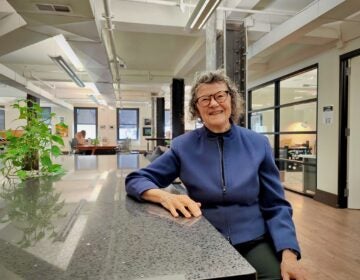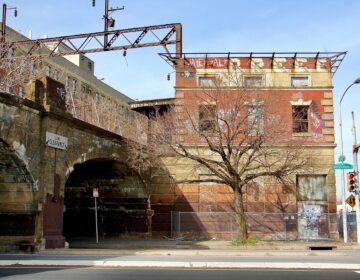Which historic sites in Roxborough would you preserve?
Historic preservation experts came to Roxborough this week with a wealth of information about forming a National Historic District, but their biggest piece of advice was the most basic: Look around.
Take a closer, longer look at the familiar places and things that give the streets between the Manayunk Canal and Henry Avenue their very character, said Patrick Hauck of the Preservation Alliance of Greater Philadelphia.
The proposed area for the Roxborough-Manayunk Historic District includes much of Central and Lower Roxborough and Manayunk, with neighborhoods from the Main Street-Ridge Avenue intersection to Fountain Street.
The story of the hillside community includes mill and factory buildings, surrounded by rowhouses once full of workers’ families. Then the larger homes managers’ homes up the hill, and the small farmhouses and grander properties along the Ridge where the owners lived. There are the cobblestone streets and brick sidewalks, Gothic Catholic churches full of marble and prim Protestant ones with intricate ironwork. Pharmacies and banks, significant schools and city buildings whose variety of architectural styles reflect their eras.
Much is still intact and none of it currently protected by national or local historic designation.
‘We’re all here because of the Bunting House’
See the history there, and let it tell a story, Hauck said. Even the Bunting House, the former Second Empire home at 5901 Ridge Ave. whose demolition was the catalyst for the current Roxborough preservation effort, is part of the tale.
“We’re all here because of the Bunting House,” said Bob Spear, a teacher who lives on Lyceum Avenue, which has seen a flurry of building.
One important point the experts made is that creating a National Historic District or adding a property, building or site to the National Register of Historic Places doesn’t guarantee its survival.
“Even though it has ‘national’ in the name, a private owner can knock it down or blow it up or paint it purple,” Hauck said. It’s only at the local level, the Philadelphia Register of Historic Places, that such property controls come into play. That’s not under consideration, at least not yet.
In that case, why bother, one Leverington Avenue resident wondered.
Cory Kegerise of the Pennsylvania Historical and Museum Commission said data show that historic designation can increase property values. A historic designation can entitle a property owner to up to 20 percent in federal tax credits for preservation, and can be used as a tool to convince property owners their buildings are worth saving.
A group of local civic leaders and neighbors, including Kay Sykora and former reporter Sam Fran Scavuzzo, have succeeded in getting both the city Planning Commission involved in possibly rezoning some of the area to manage future development, and the historic preservation effort underway to recognize what is already there.
Compiling a historic site database
For much of the 20th century, Roxborough was a low-key area, heavy first on blue-collar workers and then on police, firefighters, civil servants and union families. It’s a section of the city that often went out of its way not to draw attention to itself.
As a result, it is surrounded by recognized historic areas such as Germantown, Chestnut Hill and Manayunk’s Main Street, but without designation of its own. With reasonable property prices and low crime, developers have stepped in too fast for anyone to stop them, said Green Lane resident Michelle Hinshaw.
In Hinshaw’s neighborhood, several of the properties are so large that one couple on Lyceum Avenue invites neighbors to plant plots in their backyard each summer, as sort of a community garden. Yet other houses on the same street have been demolished to make way for denser blocks of homes.
Over this summer, planning commission staffers will be working on some remapping and a potential new zoning overlay for Roxborough, while Spear and others prepare the historic district nomination. Now begins the work of compiling a database of potentially historic sites and buildings within the proposed district.
What would you preserve in Roxborough? Leave your suggestion for a building, place or other item within the proposed area that should be deemed historic in the comments below. You can also email Roxborough.Preservation@gmail.com to suggest a location.
NewsWorks has partnered with independent news gatherer PlanPhilly to provide regular, in-depth, timely coverage of planning, zoning and development news. Contact Amy Z. Quinn at azquinn@planphilly.com.
WHYY is your source for fact-based, in-depth journalism and information. As a nonprofit organization, we rely on financial support from readers like you. Please give today.
Which historic sites in Roxborough would you preserve?

Historic preservation experts came to Roxborough this week with a wealth of information about forming a National Historic District, but their biggest piece of advice was the most basic: Look around.
Take a closer, longer look at the familiar places and things that give the streets between the Manayunk Canal and Henry Avenue their very character, said Patrick Hauck of the Preservation Alliance of Greater Philadelphia.
The proposed area for the Roxborough-Manayunk Historic District includes much of Central and Lower Roxborough and Manayunk, with neighborhoods from the Main Street-Ridge Avenue intersection to Fountain Street.
The story of the hillside community includes mill and factory buildings, surrounded by rowhouses once full of workers’ families. Then the larger homes managers’ homes up the hill, and the small farmhouses and grander properties along the Ridge where the owners lived. There are the cobblestone streets and brick sidewalks, Gothic Catholic churches full of marble and prim Protestant ones with intricate ironwork. Pharmacies and banks, significant schools and city buildings whose variety of architectural styles reflect their eras.
Much is still intact and none of it currently protected by national or local historic designation.
WHYY is your source for fact-based, in-depth journalism and information. As a nonprofit organization, we rely on financial support from readers like you. Please give today.









